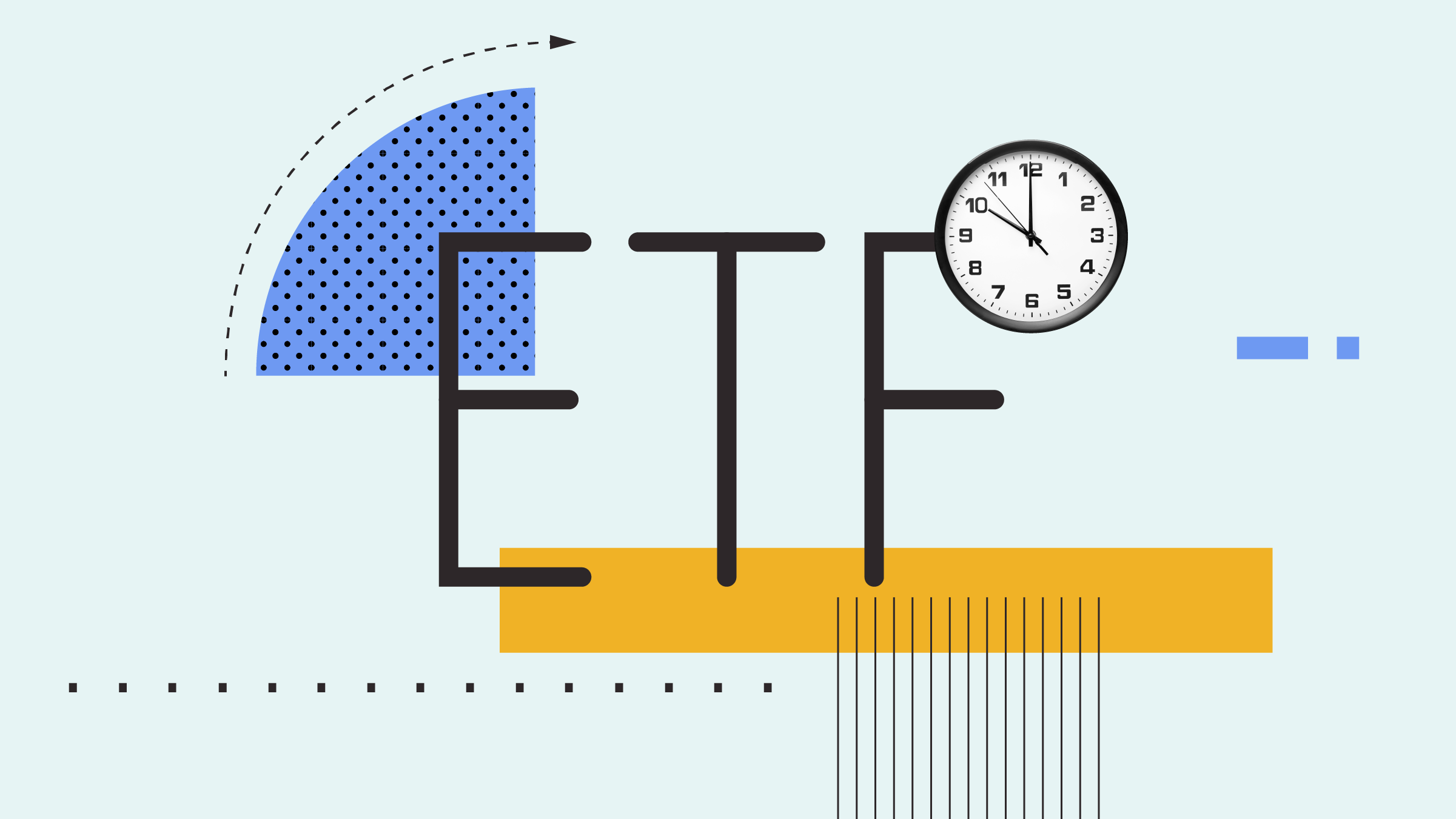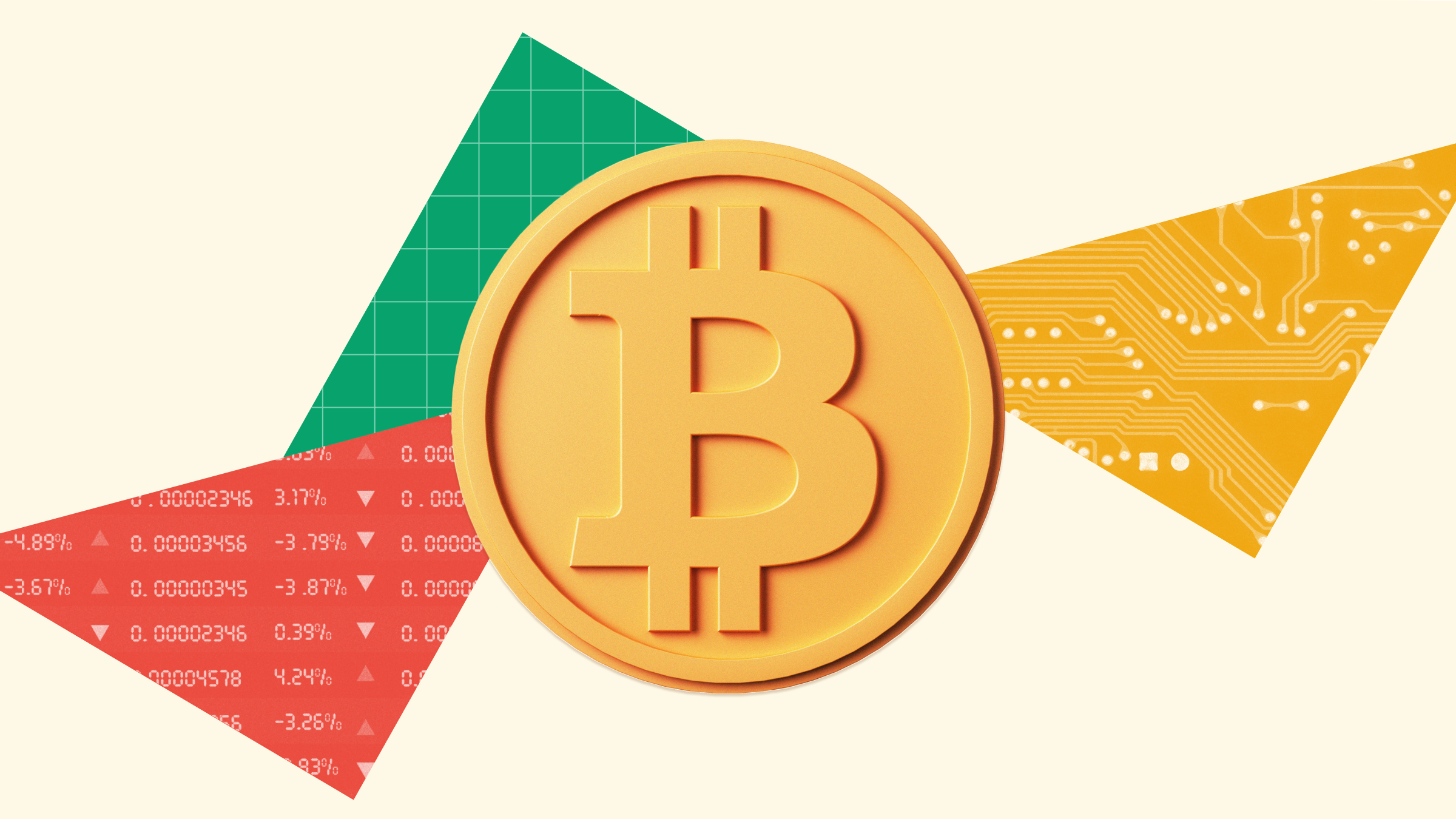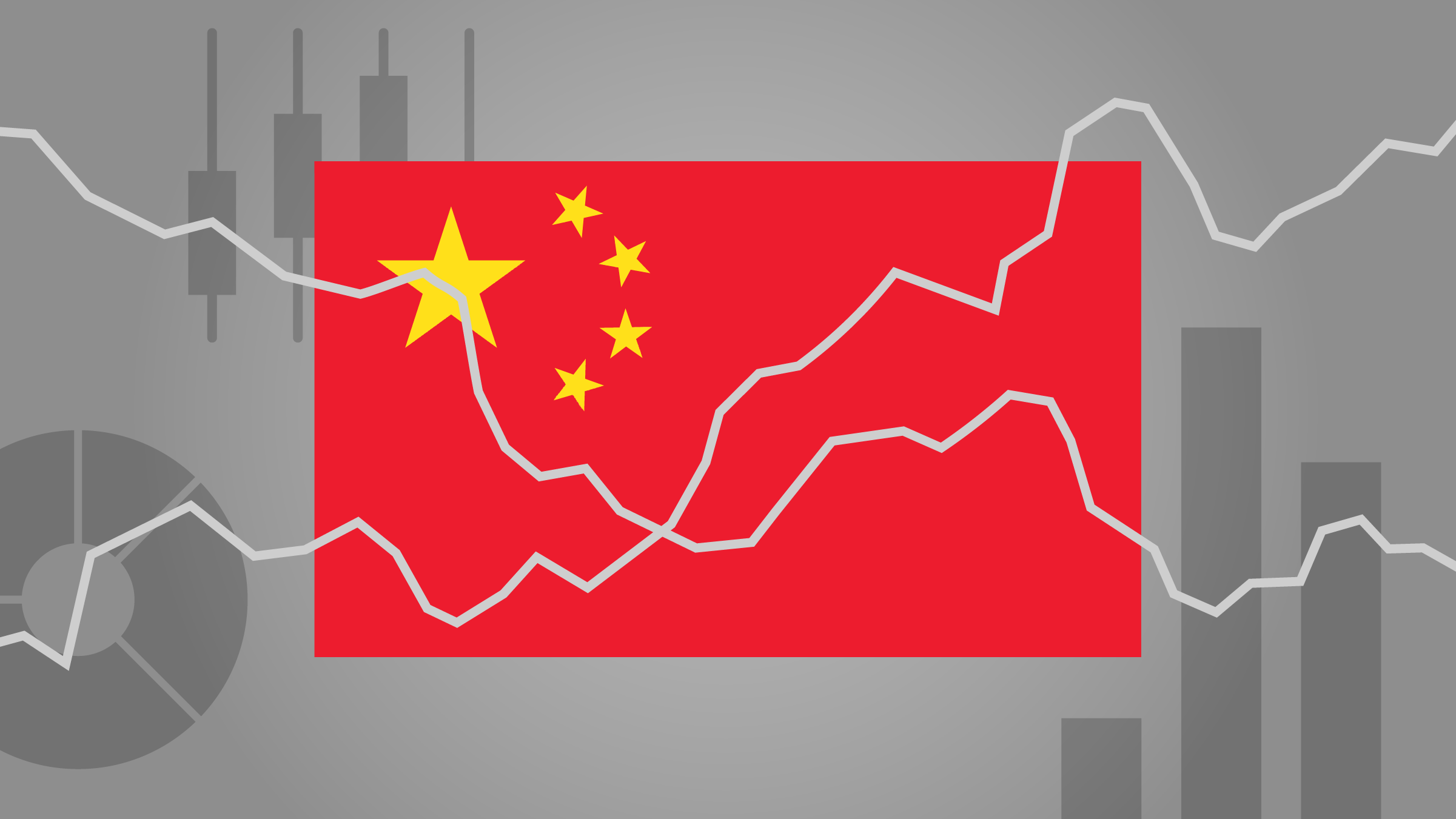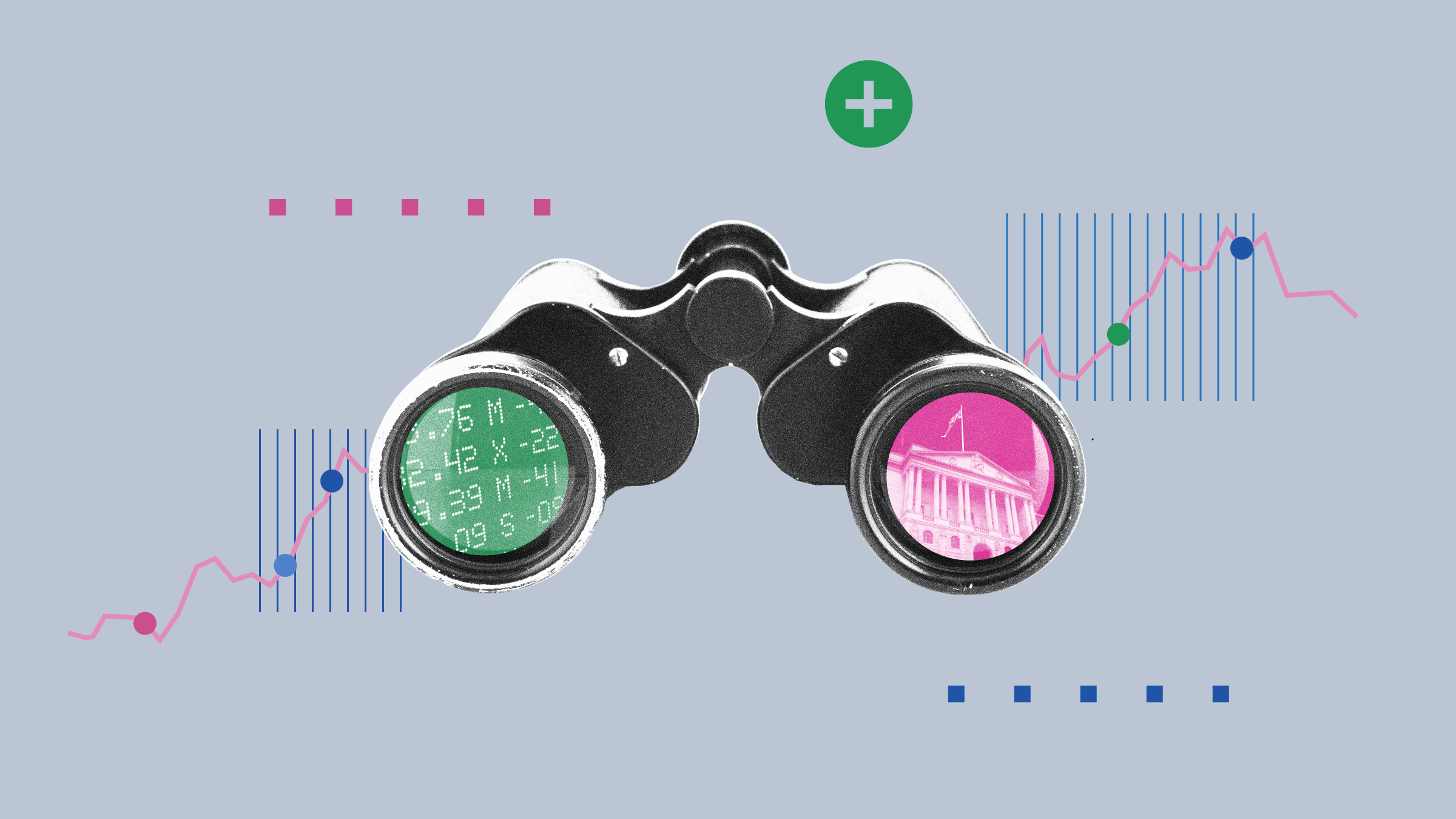Weakness in sales growth continued into the third quarter for Pearson (PSON), albeit with some improvement in September. However, the firm's business model is highly seasonal, with full-year results heavily dependent on the fourth quarter. Increased cost-savings targets offset some of this trading weakness; thus, we do not expect to make any material changes to our forecast for the full year. We retain our £9.50 fair value estimate and our narrow moat rating.

Pearson generates two thirds of its sales from America, so sales had a positive foreign exchange impact from a weakened British pound

Pearson generates almost two thirds of its sales from North America, so a headline sales decline of 3% was flattered by the positive foreign exchange impact from a weakened British pound. Underlying sales fell a hefty 7% in the first nine months of the year, led by a particularly weak North America. While some of this was the comparative impact from lost assessment contracts in 2015, sales in higher-education courseware have continued their weakness into the third quarter.
Although management has commented that inventory changes have led the decline in higher-education courseware sales, the market is clearly concerned that the driver of the decline is structural. This is particularly pertinent as college enrolments, the principal driver of courseware sales, have remained relatively flat this year.
As course book rentals have increased this year and physical sales have declined, this would be a natural conclusion to draw. However, course book renting is not a new phenomenon, and we do not think it is the sole cause of the decline in sales this year. We expect much of the sales decline in this area to correct over the remainder of the college year.
Despite short-term headwinds, we think Pearson is structurally well positioned to benefit from the move toward digital-based learning. Pearson is ultimately a restructuring story, and we expect further volatility in the share price as the market focuses heavily on quarterly updates. However, we see an attractive risk/reward trade-off based on our fair value estimate.





























